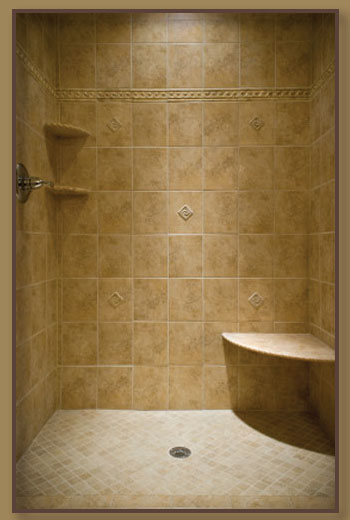Dynamic Ceramics
Q1. Can I tile over old tiles, or should I remove them?
A1. Yes you can fix tiles over existing tiling, but first you need to check that the existing tiling is firmly bonded to the background, then clean and degrease the tiles. In order to get the best possible results you will have to rough the surface of the tile possibly using a piece of sand paper, once you have disregarded the dust off the tile then proceed to cover the tiles using PVA so that the tiles will have that extra bond with the existing tiles. We recommend that if you are tiling over tile on the wall use multi fix and flexible rapid set for the floor.
Q2. Can you make the walls suitable to receive my new tiles.
A2. Generally we would like you to carry out any preparation works. But please talk to us and we could advise you of trades that can.
Q3. Does white grout discolour easy on the floor?
A3. Depending where you are planning to use the white grout, its not advisable for it to go on the floors where there will be a lot of traffic, or where it may be leading in from the garden, because it will get dirty very quickly, you can use all types of sealants and cleaners but it will never stay clean.
Q4. Can you tile on uneven walls?
A4. To a certain extent yes, but you may have to use an adhesive that will allow thick bedding. Which may involve extra labour & adhesive costs. And always remember the better the background the better the finish
Q5. Why should I use sealants on Natural Stone Tiles?
A5. Sealing your stone is a must. Based upon your lifestyle and the type of stone you choose, the appropriate stone sealer will protect your floor from staining. Stone does not have a fired surface like ceramic and porcelain tile which do not need to be sealed.
Q6. Do we carry out work on private properties? And does it cost much?
A6. Every job is different and our prices are based on the area and the tiles to be installed.
Q7. Can you use wall tiles on the floor?
A7. No, they are not strong enough to be walked on, they are generally not thick enough and the glaze is different, and not suitable for the floor. Keep an eye out whether the tiles which are on the wall are porcelain or ceramic, because you can use porcelain wall tiles on the floor as they are strong enough, its just ceramic tiles you need to be wary of.
Q8. What’s the difference between ceramic tiles and a porcelain tiles?
A8. Typical uses for ceramic tile are showers, back splashes, bathroom and kitchen walls and floors. Requiring a stronger material than ceramic, porcelain tile is developed by composing finer bisques, finishes and firing methods.
Q9. Can tiles be fixed onto timber floors?
A9. Yes they can but the substrate must conform to the relevant British Standard. (BS 5385 Part 3:1989). And with the correct adhesive and grouts, years of pleasure can be had from the floor without a problem.
Q10. Why are porcelain tiles more expensive than ceramic tiles?
A10. Because you are getting a superior product. Porcelain tile requires the finest natural ingredients and a rigidly controlled manufacturing process that utilizes the most advanced processes and technology.
Q11. Can I tile on to a wooden floor?
A11. The wooden floor where the floor tiles are going on to must be sound with no flexing. Firstly we would recommend overlaying the floor with 9mm minimum plywood, screwed at 200mm centers. Then you should apply one coat of primer to the wood and allow to dry (it will depend on the adhesive you are using as to whether this is necessary). Then we would recommend solid bed fixing the tiles with cement based flexible adhesive. Then followed by flexible grout



